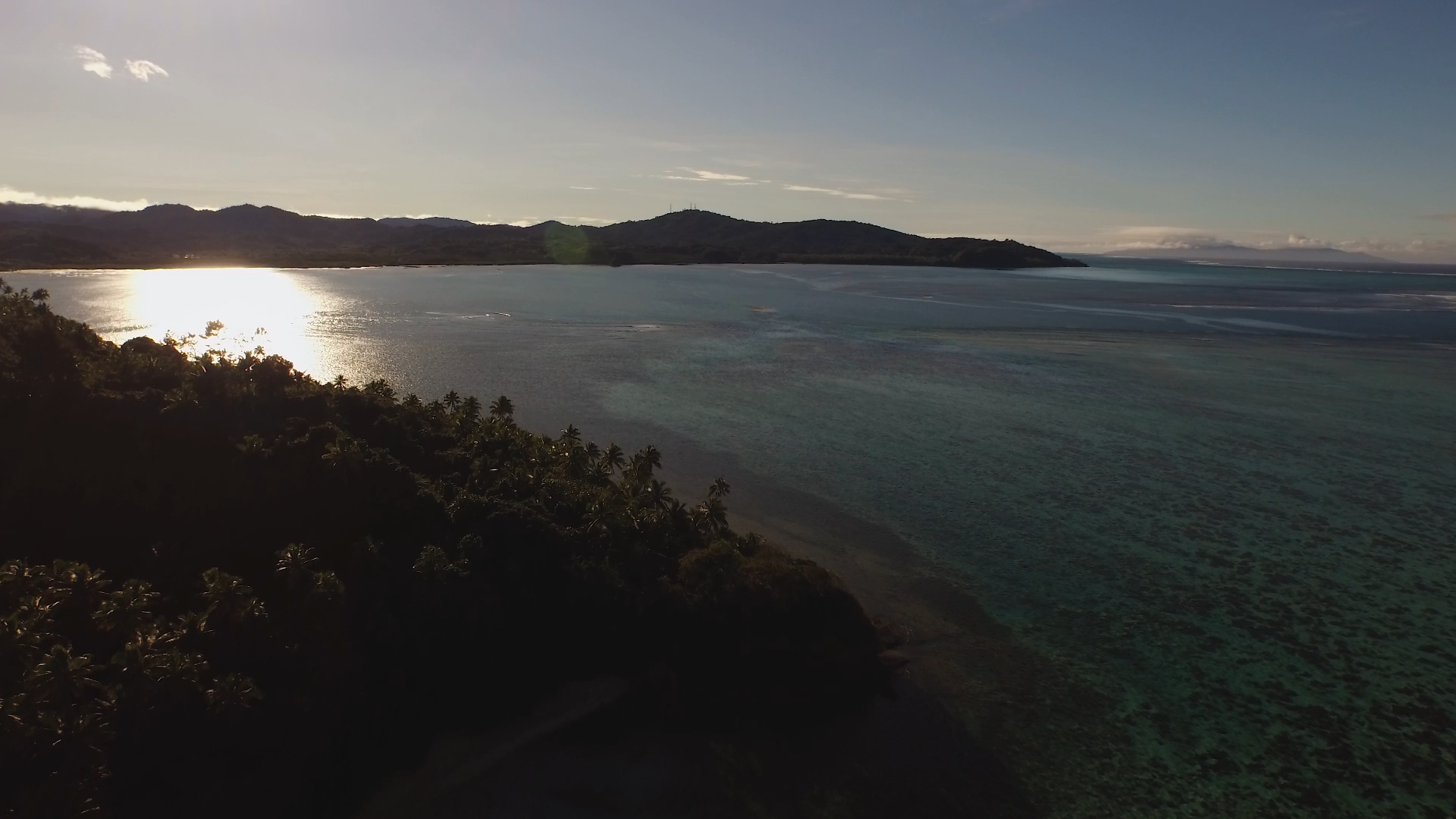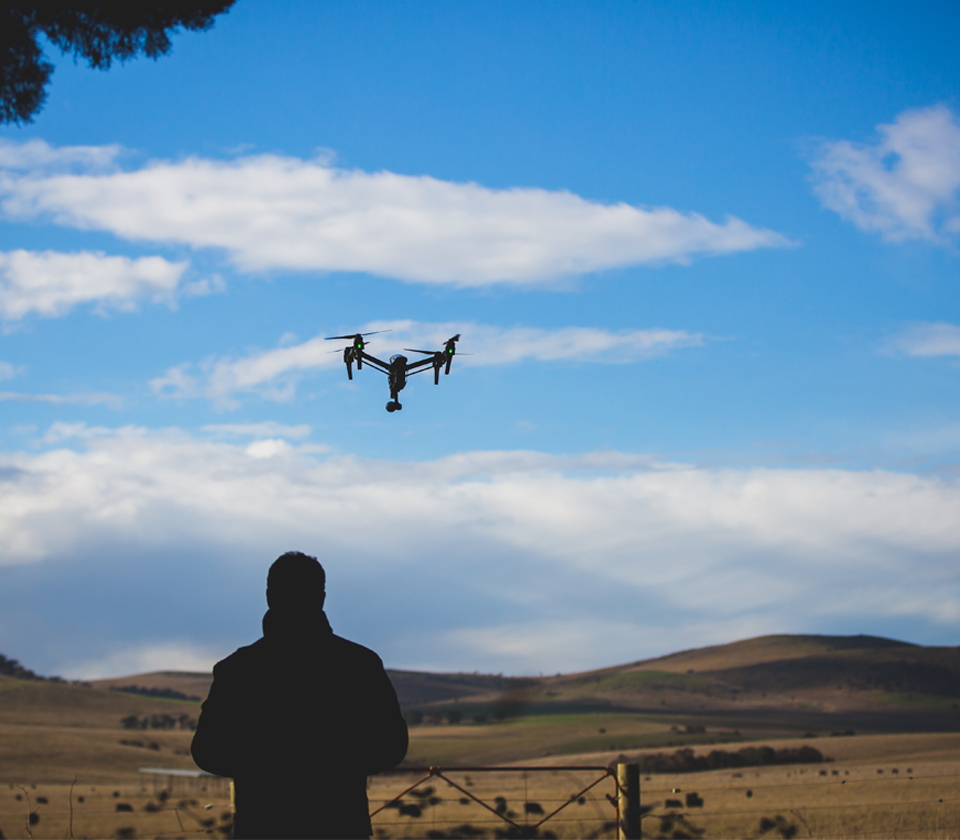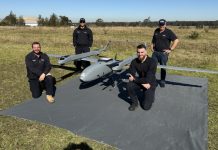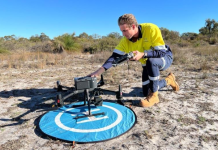Drone operation offers ‘next level’ skillset
In this edition of Drone Flyer Diary, we talk to Canberra cinematographer Adam Grant about how drones are fast becoming the drawcard of today’s professional toolkit.
Having owned and operated a Canberra-based production company for more than a decade, Adam Grant knows only too well the role of technology to be at the cutting edge in a competitive marketplace.
‘Prior to drones, if I needed to get any overlay or B-roll footage and aerial shots to accompany an interview, I would have to jump into a helicopter and that would cost you an arm and a leg and that just wasn’t practical,’ he says.
‘When drones came along, I moved pretty quickly so I could have that option of aerial footage in my back pocket and as a way to impress clients. Now the industry is at a point where aerial footage is almost expected to be part of our arsenal, so for most clients that come along, it’s really an expectation.’
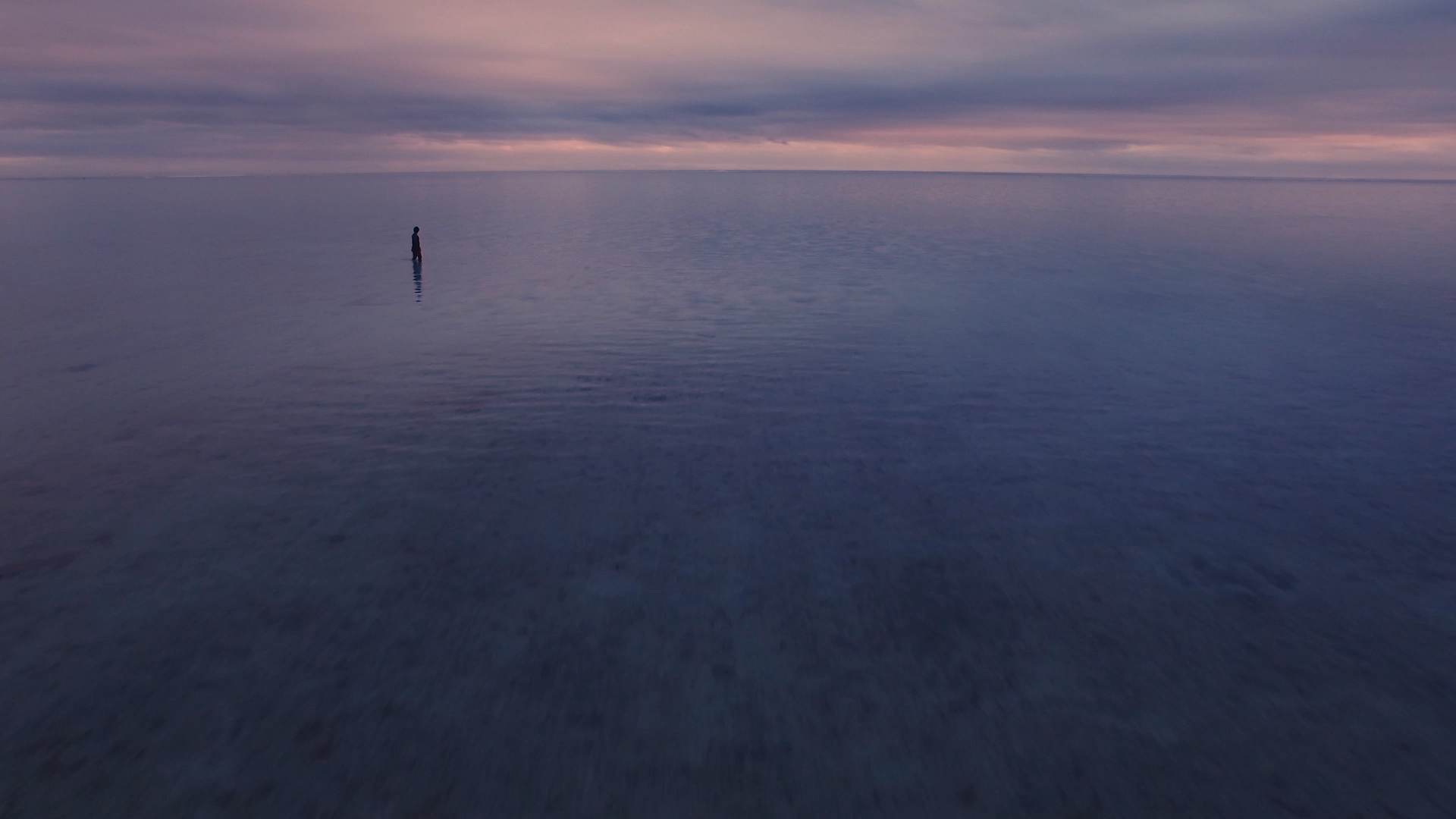
While the popularity of drones continues to soar in both the contemporary workplace and the recreational realm, Adam emphasises the need for all operators to understand the safety risks and the rules and habits that will keep them safe.
‘For my own peace of mind, I wanted to make sure that I was doing everything safely and that I was above board in every way and understood all the rules and regulations,’ he says.
‘I made sure that I went down the path of doing everything correctly. This included becoming CASA-certified, doing the training. I wanted to fly commercially and I wanted the option to be able to fly heavier drones with cinema cameras on them, if that opportunity presented itself.’
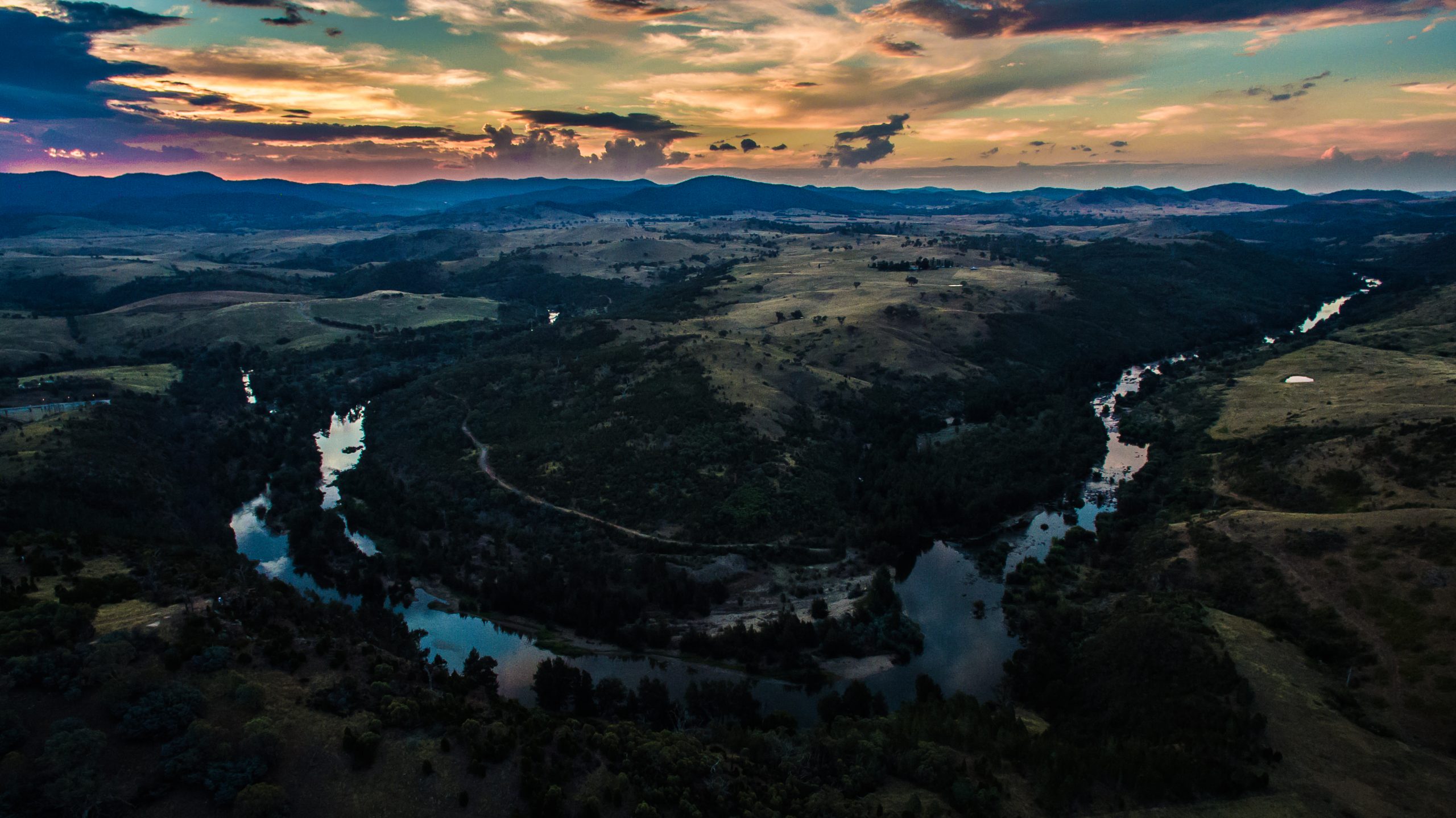
In Adam’s experience, accessing information about what you can and can’t do with drones has become much easier in recent times.
‘There’s a lot more guidance and advice available to operators now that wasn’t available when I started out about 10 years ago. There’s a growing amount of guidance being provided by CASA through a range of resources including documents and apps.
‘There’s almost no reason for people not to have that knowledge now about the safety rules. I guess it was always there but perhaps a bit harder to find when I started out. But now it’s a lot easier to get the information you need. It’s pretty common knowledge now. There are plenty of resources available.’

Adam’s best safety advice is to never rush, trust your gut and take heed of low-battery notifications!
‘Give yourself enough time or more time than you think you will need,’ he says. ‘In any operation, if you’re feeling uncomfortable about the operation or the manoeuvre that you need to make, or if you’ve got a gut feeling that something might go wrong, well, chances are that something will. Always err on the side of caution.
‘Listen to your battery warning! Don’t take the warning to mean that you can do just one more pass. This is something that I had to learn the hard way and have paid the price for … There’s really no space for being overzealous in this field!’
And if you think Adam looks familiar, you may have seen him in a recent CASA video outlining the benefits of automated airspace authorisations currently being trialled in Canberra, Perth and Adelaide. In his words, being able to submit a request for authorisation to fly near controlled airports via an app has become a ‘game changer’ for commercial drone operators.
